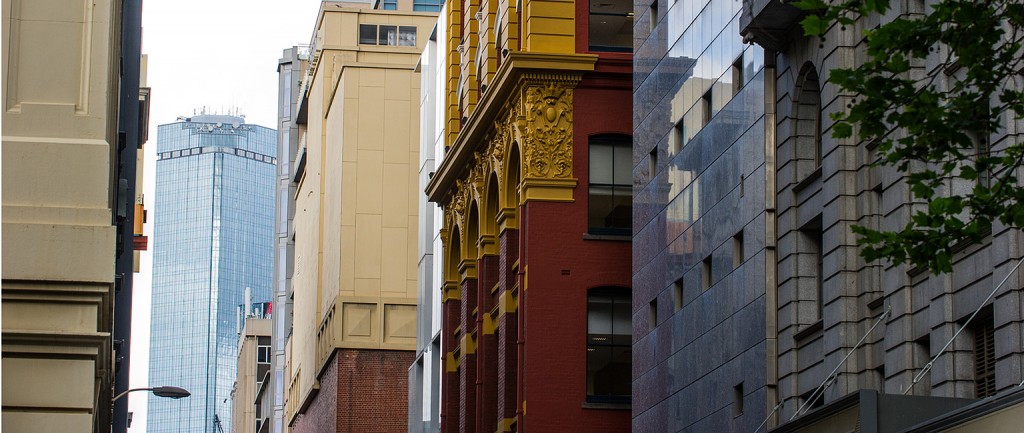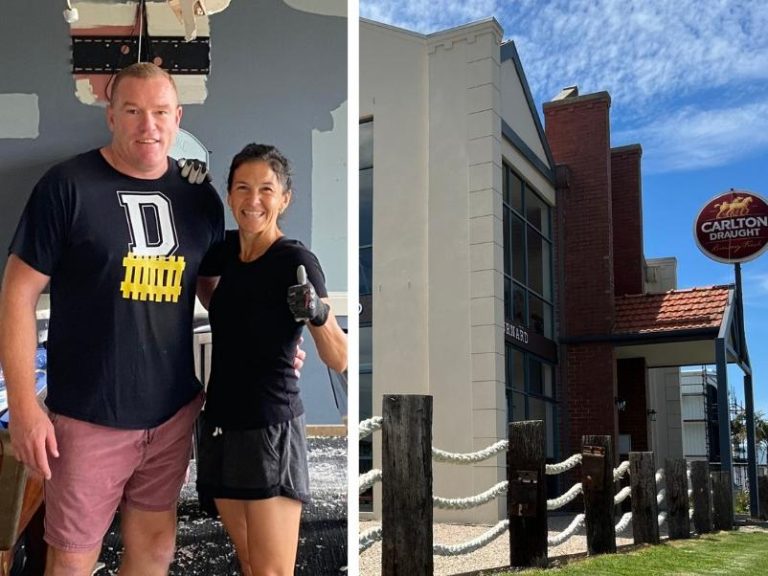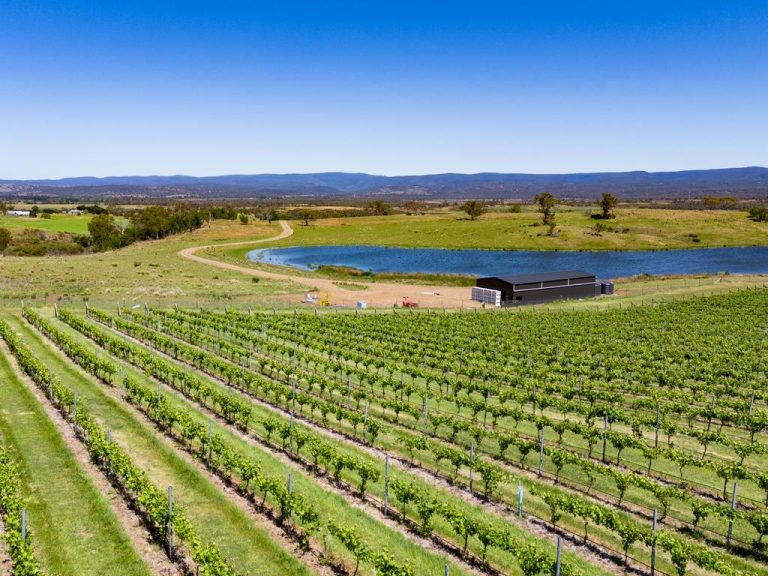Office withdrawals changing the face of our CBDs

New office buildings might be springing up at a furious rate, but established offices will be farewelled faster than ever before over the next three years, according to new research.
While new office stock will increase by as much as 8.6% in Sydney, Melbourne and Brisbane over the coming year, more and more offices are being torn down or changed forever as developers clamour for residential sites.
Knight Frank research predicts the withdrawal of offices in the eastern states to increase by up to 41% this year and a further 48% next year, with more than 500,000sqm of office space to be removed permanently by 2018.
While new office space will still outstrip the number of offices removed from the commercial market, Knight Frank head of research Matt Whitby says residential investment demand will heavily impact many CBD and fringe areas in the eastern states.
“Conversion of office buildings accounts for 32% of withdrawals,” Whitby says.
Displaced tenants will positively impact traditional office precincts such as Parramatta and other business park locations
“The remaining 68 per cent are to be demolished for redevelopment. Residential and hotel developments are the dominant uses at 80 per cent.”
But Whitby says that while some office stock will be lost, the dilution of traditional commercial areas with residential spaces will be a boon for suburban office precincts and business parks.
“There are also stock withdrawals set to occur in the suburban office markets over the next few years, particularly in Sydney, as a result of the residential development activity. Epping, Hurstville and Burwood in particular have significant withdrawals pending and the displaced tenants will positively impact traditional office precincts such as Parramatta and other business park locations,” he says.

Sydney is being impacted most by the removal of office assets
Sydney
The majority of the office withdrawal activity centres on Sydney, according to the research, with a shortage of development sites in the CBD and inner city a driving force.
Office landlords prepared to part ways with their buildings are being rewarded handsomely, Knight Frank head of institutional sales James Parry says.
There are also stock withdrawals set to occur in the suburban office markets over the next few years, particularly in Sydney, as a result of the residential development activity
“Purchases which have been undertaken for an expected or potential withdrawal have often been done at a premium to the underlying value for an office use. Two sales towards the end of 2014 highlighted this, with 233 Castlereagh Street achieving 27 per cent above the mid-2014 valuation and 338 Pitt Street, which was sold at a 12 per cent premium to book value,” he says.
Melbourne
Knight Frank head of commercial sales Paul Hanley says that while the demand for residential sites was also prevalent in Melbourne, the city’s layout meant that the removal of offices was not as pronounced.
“Melbourne as a CBD and fringe also has a greater geographic spread and there are more available sites, so that the extensive recycling of significant existing office assets is not as prevalent in the current market,” Hanley says.

Melbourne’s CBD is changing as offices are snapped up for residential development
Brisbane
Almost 103,000sqm of office space is expected to disappear from Brisbane’s CBD in the next three years, although new supply is tipped to be almost double that amount.
Knight Frank head of institutional sales for Queensland, Justin Bond, says forgotten or neglected parts of Brisbane’s business district would benefit from changes to the city’s core office areas.
“Withdrawal of stock is expected to continue to be a factor in both the CBD and fringe markets in Brisbane into the medium term, with the current market conditions providing the opportunity to redevelop and rejuvenate areas of the city which may otherwise be vacant,” he says.







